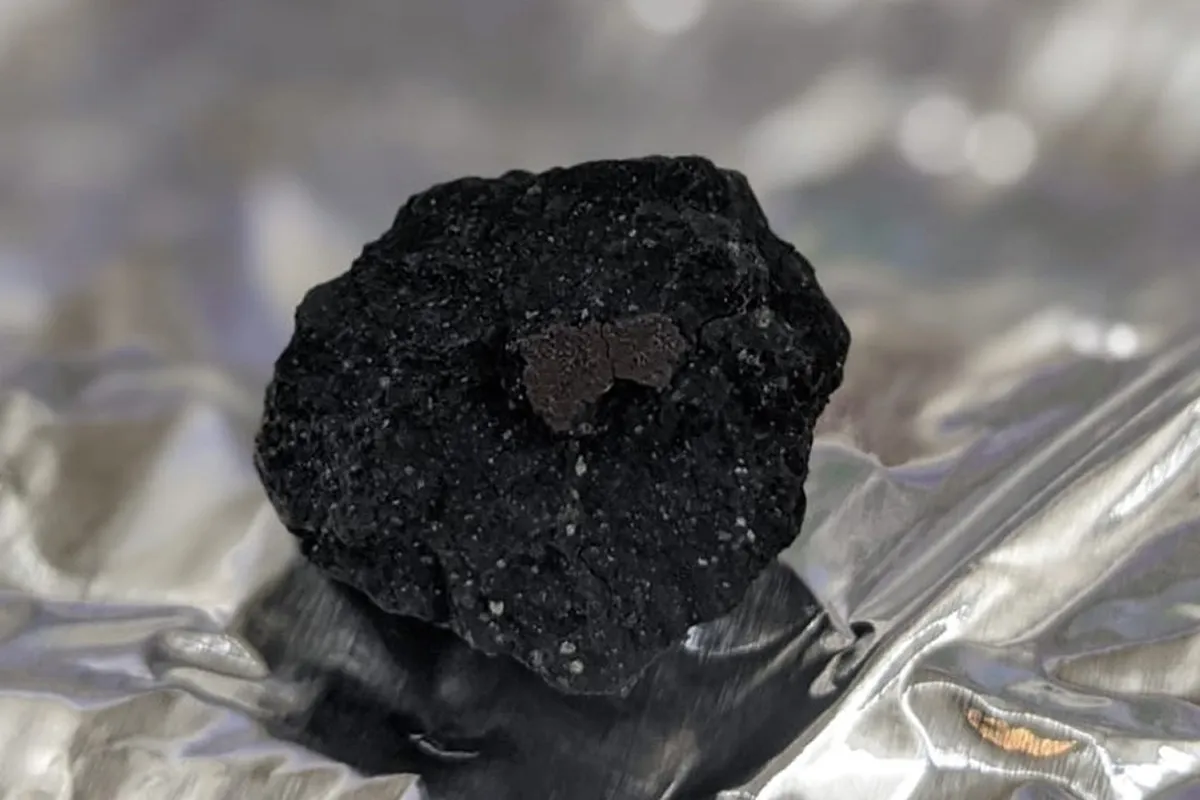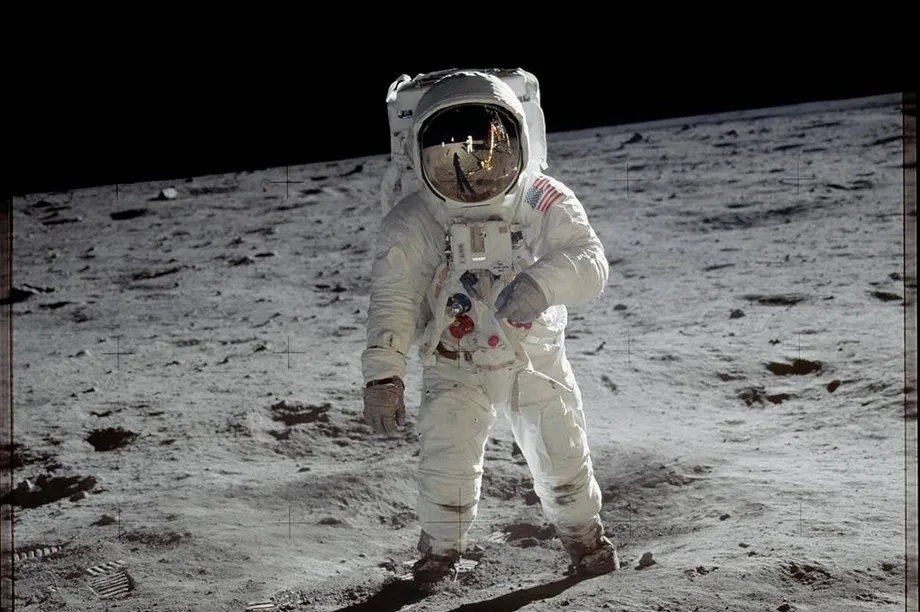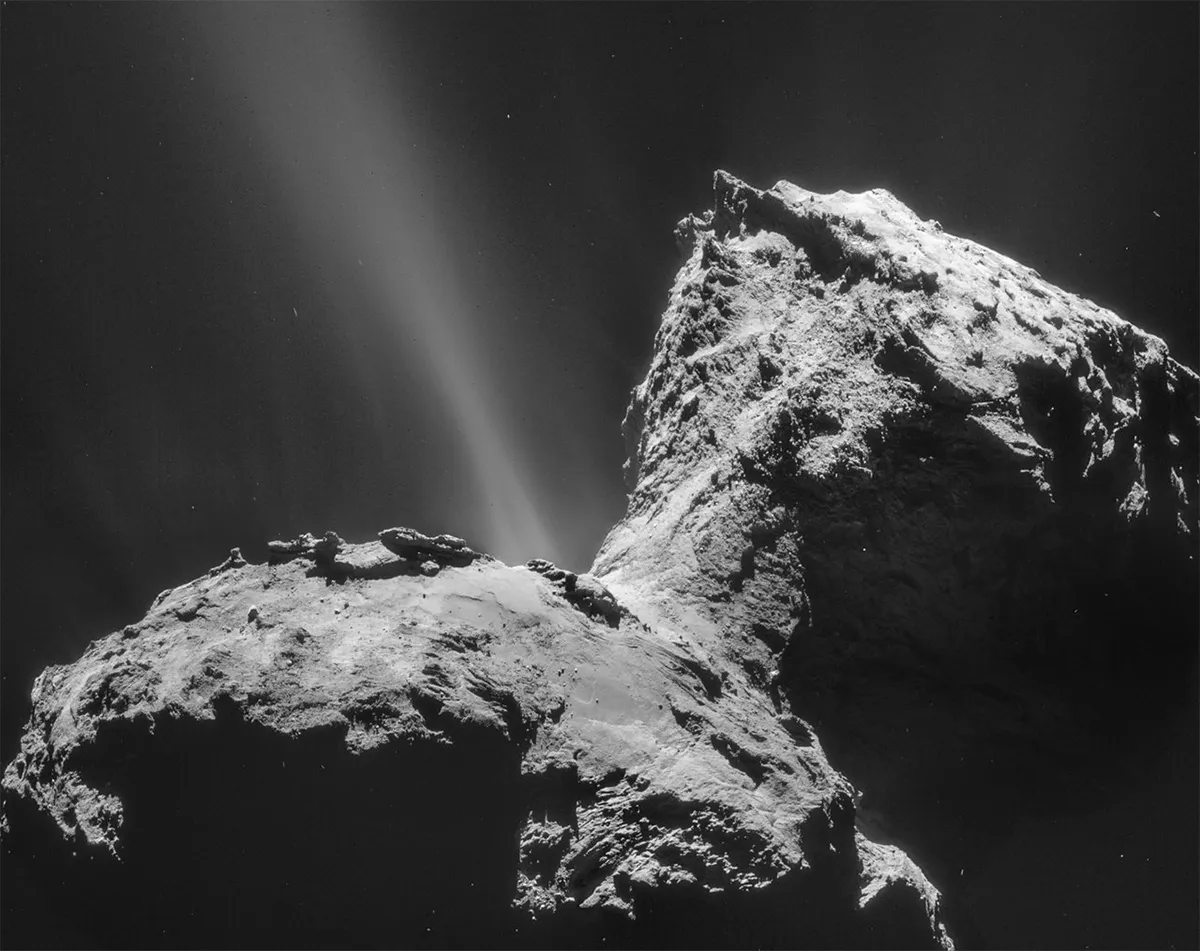From the James Webb Space Telescope’s amazing Pillars of Creation photo to the Event Horizon’s image of a black hole, we’ve captured many dramatic and colourful representations of space in a visual sense.
We’ve also captured sounds from space, whether that’s the eerie electron ‘whistler waves’ produced by Earth’s Van Allen belts or a meteor’s sonic boom as it streaks across the night sky.
But what about the smell of space? What does space smell like, and why?

In fact, space carries a whole array of odours and to experience some of them we need not travel very far.
One such on-your-doorstep occurrence came courtesy of the Winchcombe meteorite.
Zipping over the UK on the last day of February 2021, it was widely witnessed, captured by everything from doorbell cameras to vehicle dashcams.
After its impact in the area of Winchcombe, a village in Gloucestershire, UK, various fragments were recovered, with reports of a "compost-like" smell emanating from some of the remains.
This odour suggested the presence of organic compounds and indeed the meteorite was later classified as carbonaceous chondrite, a throwback to the early formation of the Solar System.

What astronauts say space smells like
As well as rocks landing on Earth from space, astronauts returning from space have also noted distinct aromas.
Once back on solid ground, upon removing their helmets many space travellers have reported experiencing the odour of seared steak, hot metal and welding fumes.
During the Apollo 11 mission, Buzz Aldrin commented that his suit smelled like "burnt charcoal" when it was coated with lunar dust.
And on board Apollo 17, Harrison Schmitt stated that, "All I can say is that everyone’s instant impression of the smell [of the Moon] was that of spent gunpowder."

Possible causes of the smell of space
What could explain these odours of space?
High on the list of contenders is the possible chemical reaction with substances carried on astronauts' spacesuits, which would generate a similar odour as they re-enter the airlock of their spacecraft from an airless environment, the repressurisation creating a sort of oxidisation process, like combustion.
Another explanation for the smell of space could be compounds found in the remnants of long-dead stars, whose essence fills the cosmos.
Called polycyclic aromatic hydrocarbons, these are the often-toxic by-products of combustion found in coal, oil and even food.

When it comes to toxic odours, spare a thought for the ESA Rosetta mission.
Its 2014 encounter with Comet 67/P Churyumov–Gerasimenko was not only a challenge for those wishing to pronounce it correctly!
As the craft followed and monitored the comet, its ROSINA instrument (the Rosetta Orbiter Spectrometer for Ion and Neutral Analysis) inhaled a noxious mix of rotten eggs (hydrogen sulphide), horse urine (ammonia) and almond (hydrogen cyanide), along with formaldehyde.

Even further out into space there’s Sagittarius B2, a molecular cloud of gas some 28,000 lightyears distant, which contains huge amounts of ethyl formate, the chemical compound responsible for giving raspberries their flavour and rum its smell – an ideal arena for any space pirates.
The visual aspects of astronomy command so much of our attention, but we shouldn’t neglect the aromatic notes of space.
For, beyond pictures, they give us a keener sense of what the Universe we live in is composed of.
This article originally appeared in the August 2023 issue of BBC Sky at Night Magazine.

